After announcing the Spiral Hill Sweater Vest Knit Along, I had a couple of knitters reach out who are super excited to make the vest, but are brand new to intarsia (and in one respectably brave case, new to knitting). This post is all about rounding up the videos & written (blog post) tutorials that might come in handy as you knit the Spiral Hill Sweater Vest. There are 10 videos, 7 about intarsia, plus a bonus 11th video, the first video of this knit along.
September marked 13 years since I started blogging & Hands Occupied, so sometimes it is surprisingly easy to forget all of the tutorials I’ve done. Several of them cover techniques I love to design patterns with. The Spiral Hill Sweater Vest pattern from the new Nightmare Before Christmas knitting book was designed with a German Twisted Cast On, Make 1 (M1R & M1L) increases, intarsia colorwork, and picked up stitches, so scroll on for all of the Hands Occupied tutorials that can help you successfully knit your vest. Let me know in the comments if you have any questions!
German Twisted Cast On
This knitting cast on is similar to the widely-used long tail cast on, but includes an extra twist that provides added yarn to each stitch of the cast on, resulting in a stretchier cast on edge. This cast on is great for socks, mittens and sweater sleeves – really any edge you would want a little stretch for!
Make 1 Increases
Make 1 Right (M1R)
Learn how to work a M1R stitch in knitting. A M1R results in an increase of one stitch when worked.
Make 1 Left (M1L)
Learn how to work a M1L stitch in knitting. A M1L results in an increase of one stitch in between two stitches when worked.
Intarsia 101
Intarsia 101: How to Knit Intarsia
Get acquainted with intarsia, a method of colorwork knitting, which allows knitters to create isolated blocks of color as well as intricate multicolor motifs. For the purposes of this introductory tutorial, basic intarsia worked in stockinette stitch is featured, along with lots of tips and tricks to keep knitters from overthinking and get on with it. With a little practice, you’ll be an intarsia wizard. ;)
Intarsia 101: How to Estimate Yarn Tails
Learn how to estimate the amount of yarn you’ll need to work a section of intarsia colorwork in knitting. An easy trick is demonstrated, along with tips and tricks to help knitters avoid common tail estimation pitfalls.
Intarsia 101: How to Manage Yarn Tails 3 Ways
Once you’ve estimated your intarsia yarn tail length, you’ve got a few options for how to manage it. Whether you prefer fast and loose, bobbins or a yarn butterfly, this video will show you how and why you might want to use each method.
The Case for Disorganized Intarsia
Learn why you might wan to try intarsia knitting without tail management of any kind. This quick demo helps illustrate why you might want to play it fast and loose with this sometimes-intimidating technique.
How to Knit Intarsia without Bobbins
If you want to knit intarsia, but are turned off by all the tail estimation and bobbin creation, don’t think you have to miss out on this technique! Learn how to knit intarsia by working from both ends of a single skein at once, avoiding tail estimation and bobbins entirely.
How to Pre-plan an Intarsia Knitting Project (in-depth)
You’ve mastered the basics of how to knit intarsia, but your new pattern is a little more involved. How do you know how many yarn tails you’ll need to successfully make this pattern (without ending up with a ton of unnecessary yarn breaks)? This video will walk you through how to break down an intarsia chart into sections, decide how many yarn balls your pattern will require, and get the stitch count you’ll need to estimate your tail length.
How to Weave in Intarsia Ends
Intarsia can be an intimidating knitting technique. If you’re watching this video, you might find yourself in this boat: You’ve mastered the technique and are SO excited because you’re almost done with your project…… And then you remember how many ends you’ve got to weave in. So many folks find weaving in ends to be one of the most frustrating parts of the skill, and with all colorwork, ends are a necessary part of intarsia. Let’s walk you through how to weave in all of those pesky ends, specifically for intarsia colorwork.
Please note: In a couple weeks, I’ll be doing another video on weaving in intarsia ends, which will address more of the intarsia tail-weaving questions I occasionally receive. Inquiring minds want to know even more on the subject, and I have more to share. Because I’m a weirdo with a passion for technique, what can I say? 
New: Understanding Gauge in Intarsia Knitting
In case you missed it: the first video lesson for the Spiral Hill Sweater Vest is live on YouTube as well, and it’s all about better understanding gauge in intarsia.
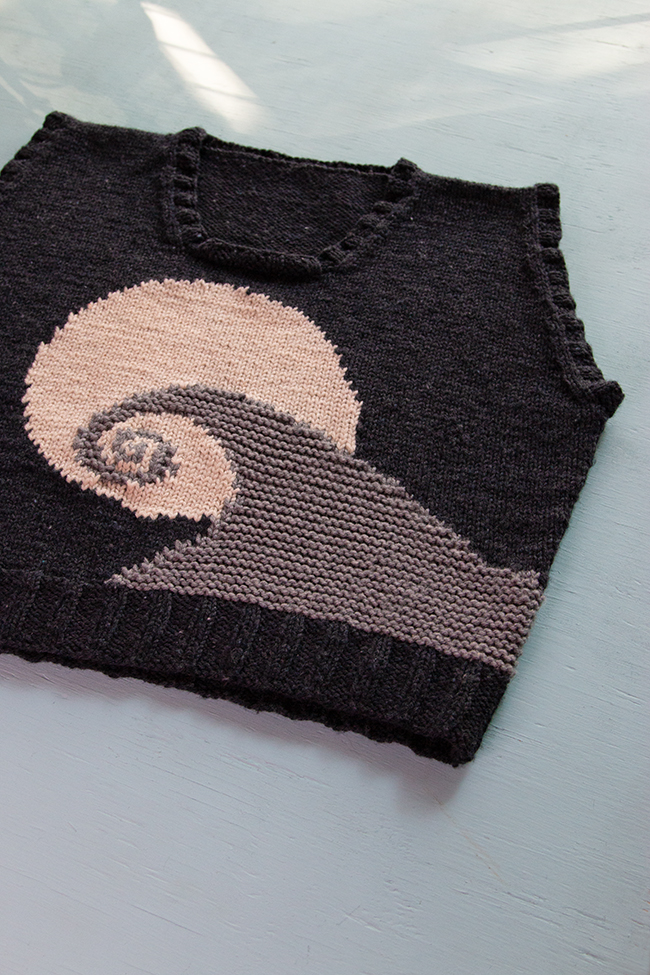
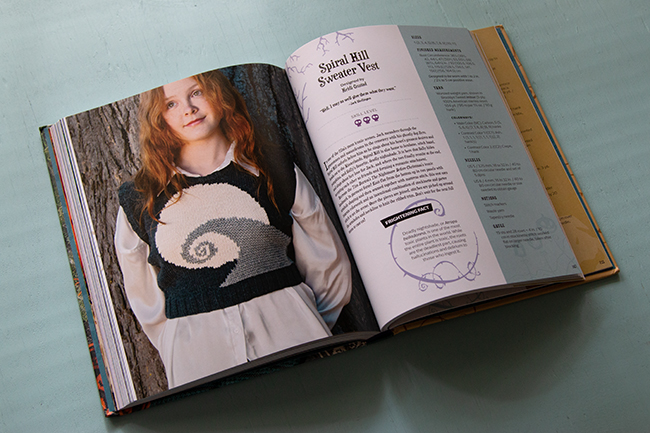
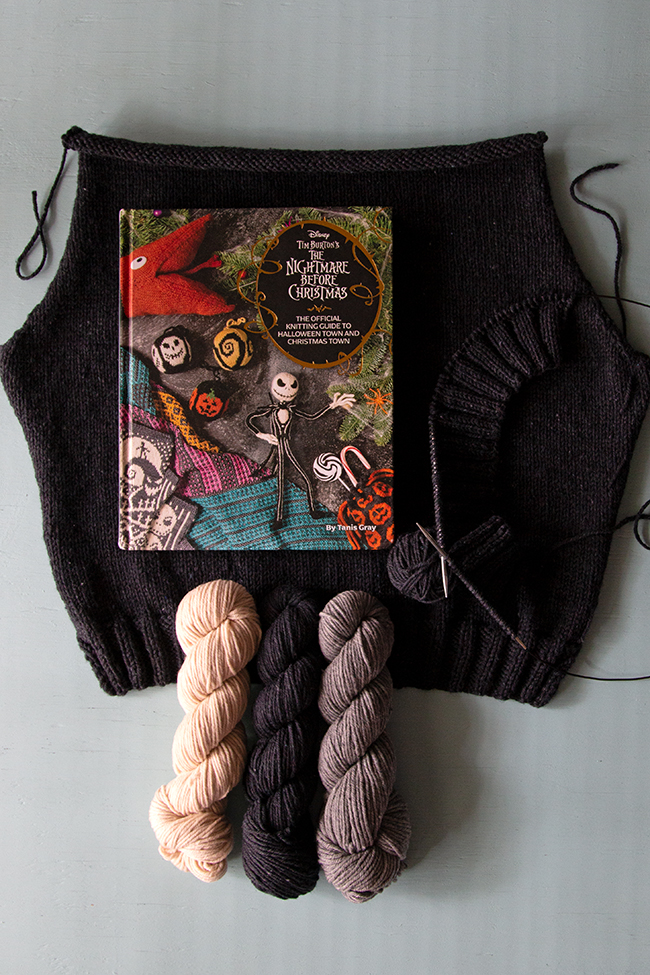
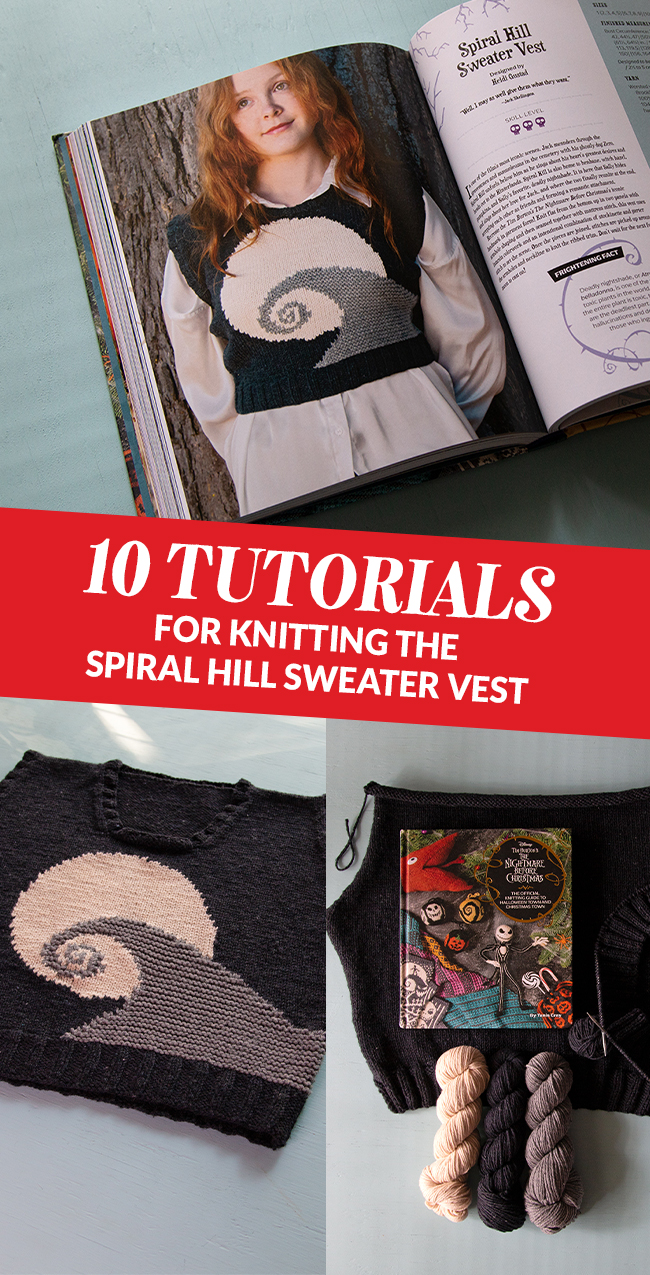


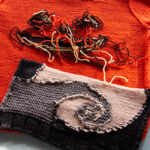



 & shop new patterns
& shop new patterns 





Leave a Reply